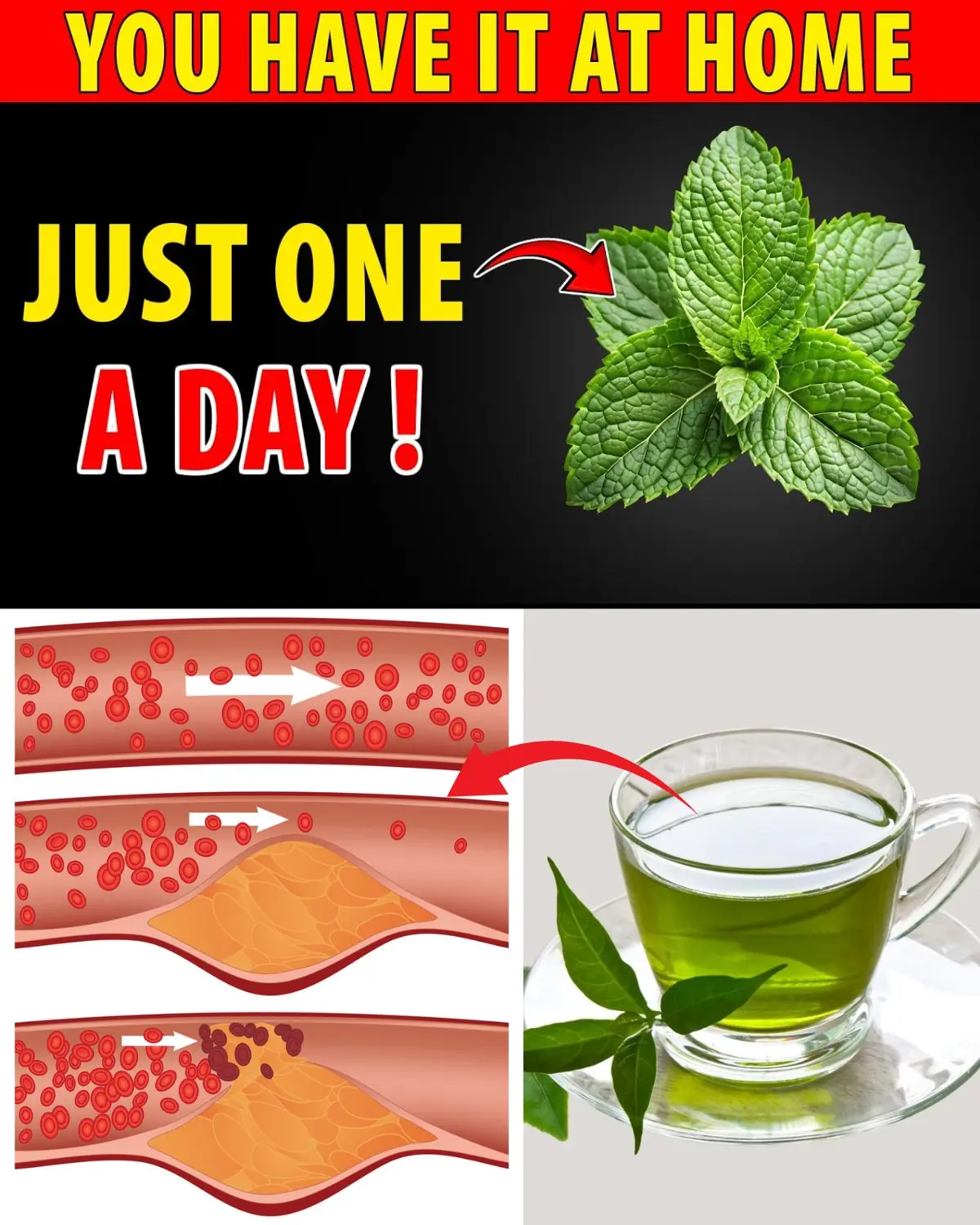
Can Papaya Leaves Turn Gray Hair Black? Nature’s Secret to Youthful, Vibrant Locks!
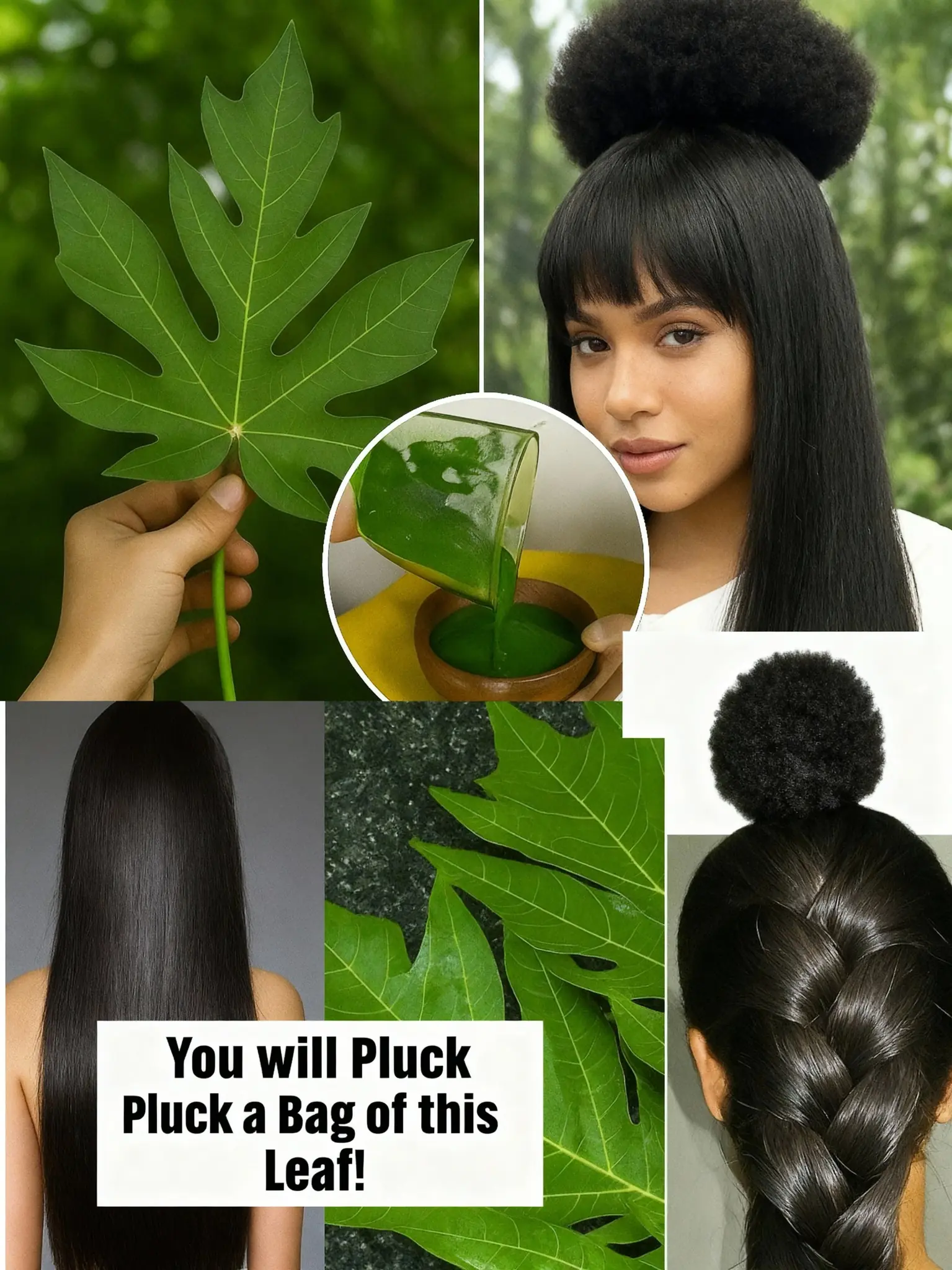
What if the key to reversing gray hair and achieving thicker, healthier locks was growing right in your backyard? Papaya leaves, often overlooked as mere garden foliage, are emerging as a natural, chemical-free powerhouse for transforming your hair. Tired of harsh dyes that damage your strands or pricey treatments that fall short? This tropical treasure might just be the game-changer you’ve been searching for. Packed with enzymes, antioxidants, and essential nutrients, papaya leaves could help restore your hair’s youthful color and vitality. Curious? Dive into this guide to uncover the science, practical tips, and real-life transformations that make papaya leaves a must-try for stunning hair!
Why Papaya Leaves Are a Hair Care Revolution
Papaya leaves aren’t just a plant—they’re a nutrient-packed dynamo that can rejuvenate your hair from root to tip. Loaded with papain (a powerful enzyme), flavonoids (antioxidants), and vitamins A, C, and E, these leaves tackle the root causes of graying and hair thinning. Papain exfoliates the scalp, clearing buildup to promote growth, while flavonoids combat oxidative stress, a key driver of premature graying. Vitamins nourish follicles, encouraging stronger, shinier hair. With over 50% of people over 50 experiencing gray hair, the demand for natural solutions is soaring, and papaya leaves deliver a holistic, budget-friendly alternative to synthetic products.
Can Papaya Leaves Really Reverse Gray Hair?
Gray hair happens when melanin, the pigment that gives hair its color, dwindles in the follicles. Papaya leaves may hold the secret to reversing this process by boosting melanin production. Research suggests that compounds in papaya leaves, similar to tyrosinase, stimulate melanin synthesis, gradually darkening hair over time. While overnight miracles are tempting to imagine, the real magic lies in consistency—regular use over weeks can lead to noticeably darker, more vibrant hair without the risks of chemical dyes.
How to Use It: Blend 10 fresh papaya leaves with a splash of water to create a smooth paste. Apply generously to your scalp and hair, leave it on overnight, and rinse with lukewarm water in the morning. Anna, a 45-year-old teacher, used this treatment twice weekly for two months and was thrilled to see her gray strands blend seamlessly with her natural black hair. For best results, pair this with an antioxidant-rich diet—think berries, spinach, or walnuts—to support your hair’s transformation from within.
Nutrient Breakdown: Papaya Leaves for Hair
Papaya leaves are a nutritional goldmine for your hair. Here’s how their key components work:
- Papain: Exfoliates the scalp, removing dead skin cells to promote healthy hair growth.
- Flavonoids: Fight oxidative stress, reducing premature graying and protecting follicles.
- Vitamin E: Enhances scalp circulation, delivering nutrients for stronger strands.
- Folate & Iron: Strengthen roots, reducing hair fall and supporting thickness.
- Vitamin C: Boosts collagen production, fortifying hair for a glossy shine.
This nutrient synergy makes papaya leaves a one-stop solution for both aesthetic and structural hair concerns.
Grow Longer, Stronger Hair with Papaya Leaves
Beyond color restoration, papaya leaves are a secret weapon for achieving long, resilient hair. A clean, nourished scalp is the foundation of healthy growth, and papaya leaves excel here. Papain clears clogged follicles, while vitamins A and C boost collagen, strengthening strands. Studies show that papaya leaf extract can increase hair growth rates by up to 20% in individuals with thinning hair after three months of consistent use.
Try This Rinse: Boil 8–10 papaya leaves in 2 liters of water, let it cool, and use as a post-shampoo rinse. Maria, a 30-year-old nurse, added this to her weekly routine and noticed an extra inch of growth and less breakage after two months. Enhance results with gentle scalp massages to boost circulation, and avoid heat styling tools, which can weaken hair. Let papaya leaves work their nourishing magic for stronger, longer locks.
Five Practical Ways to Use Papaya Leaves for Stunning Hair
Incorporating papaya leaves into your hair care routine is simple, affordable, and highly effective. Here are five methods to get started:
1. Papaya Leaf Paste
Deep Treatment: Blend 10 fresh papaya leaves with water to form a paste. Apply to your scalp and hair, leave overnight, and rinse thoroughly. This targets graying and strengthens follicles for vibrant hair.
2. Hair Rinse
Boost Shine: Boil 8–10 papaya leaves in 2 liters of water, cool, and use as a final rinse after shampooing. This soothes the scalp, reduces dandruff, and adds a glossy finish.
3. Scalp Mask
Nourish and Hydrate: Mix papaya leaf paste with 2 tablespoons of yogurt and a teaspoon of honey. Apply for 30 minutes, then rinse. This hydrates the scalp and promotes softer, healthier hair.
4. Hair Oil Infusion
Deep Conditioning: Infuse dried papaya leaves in coconut oil for a week. Massage into your scalp weekly to improve circulation and deeply condition hair for a silky texture.
5. Internal Nourishment
Feed Your Hair: Add a pinch of dried papaya leaf powder to smoothies for a nutrient boost (consult a doctor first). Healthy hair starts from within, and this supports overall vitality.
David, a 50-year-old accountant, used the papaya leaf paste weekly for six weeks. His gray hair became less noticeable, and his strands felt thicker and more resilient. Stick with these methods consistently for visible, lasting results.
Supercharge Results with Complementary Ingredients
Take your papaya leaf treatments to the next level by pairing them with other natural powerhouses. Coconut oil, rich in fatty acids, hydrates hair and enhances papaya’s effects. Amla, loaded with vitamin C, amplifies melanin production for darker, shinier hair. Research suggests combining papaya leaf extract with amla can boost hair pigmentation by up to 25%.
Potent Recipe: Mix papaya leaf paste with 2 tablespoons of amla powder and apply weekly for 30 minutes. Lisa, a 38-year-old writer, used this blend and saw her hair become darker and glossier within a month. Support your treatments with a diet rich in biotin-rich foods like eggs, almonds, or salmon. Always test new mixtures on a small patch of skin to avoid irritation.
Precautions to Keep in Mind
Papaya leaves are generally safe, but a few precautions ensure you use them wisely:
- Harvest Safely: Source leaves from clean, pesticide-free areas to avoid contamination.
- Patch Test: Apply a small amount of paste or rinse to your skin to check for allergies before full use.
- Consult a Doctor: If you’re pregnant, breastfeeding, or on medications, seek medical advice, as papaya leaves may interact with certain drugs.
- Moderation is Key: Stick to 1–2 treatments per week to avoid scalp sensitivity or overuse.
Make Papaya Leaves a Hair Care Staple
Transforming your hair with papaya leaves is a journey worth taking. Incorporate the paste, rinse, or mask into your weekly routine for at least 6–8 weeks to see noticeable changes in color, thickness, and shine. Pair with healthy habits like staying hydrated, eating nutrient-rich foods, and avoiding harsh styling products to amplify results. You’ll likely find yourself hooked on this natural, sustainable approach to hair care.
Don’t Wait—Unlock Vibrant Hair Today!
Why rely on chemical dyes or expensive treatments when nature offers a powerful solution? Papaya leaves are your ticket to darker, stronger, and healthier hair, all without breaking the bank. Whether you’re battling gray strands or craving thicker locks, this tropical gem delivers results you’ll love. Grab some fresh papaya leaves, try one of these simple methods, and watch your hair transform. Your vibrant, youthful mane is just a few treatments away!
For more natural beauty tips and wellness inspiration, explore our site to discover how nature’s gifts can elevate your routine. Here’s to stunning hair with papaya leaves!
News in the same category

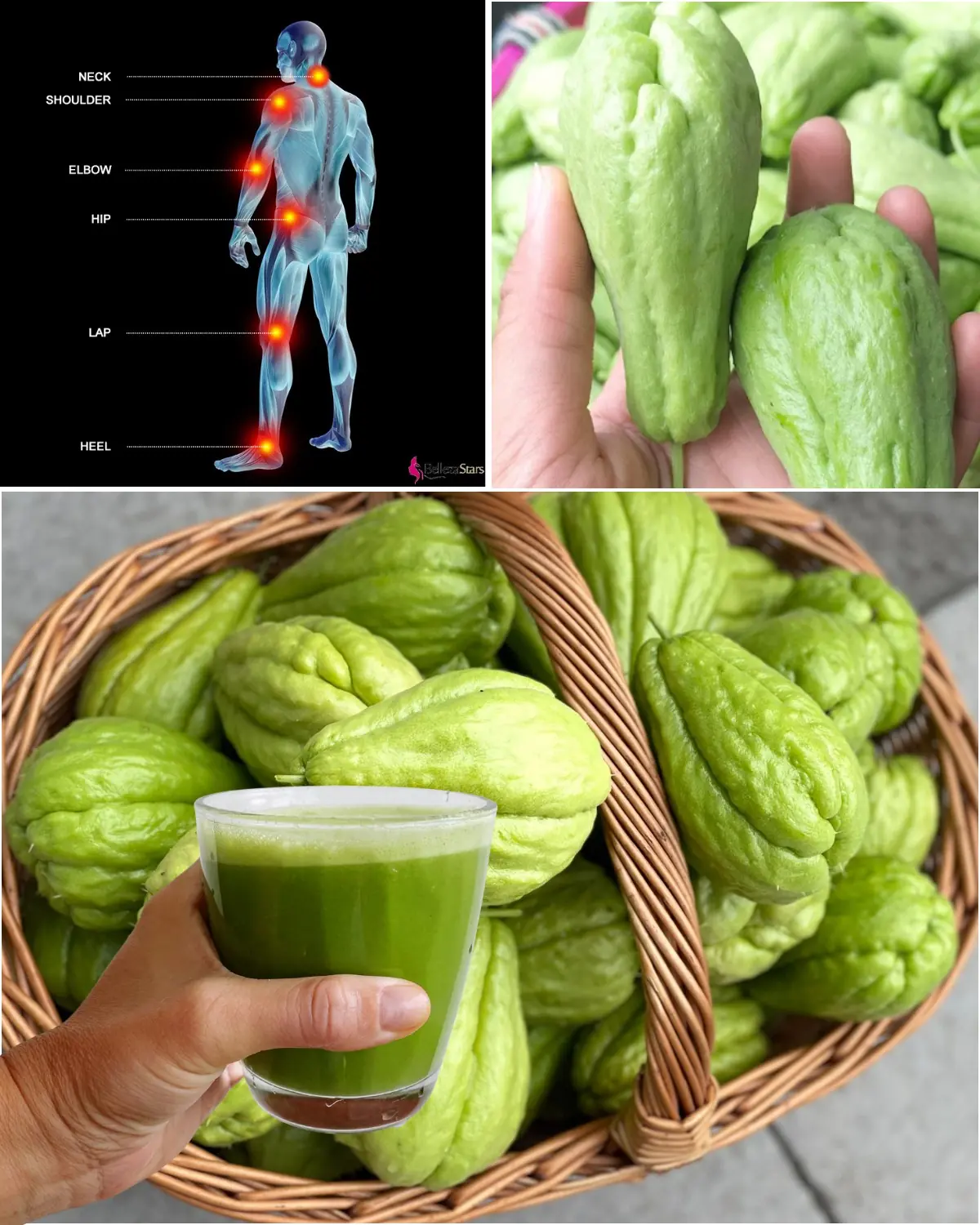
Chayote Juice: Unlock Natural Support for Joints and Bones

Debunking the Hype: Can One Food Really Rebuild Knee Cartilage Overnight?
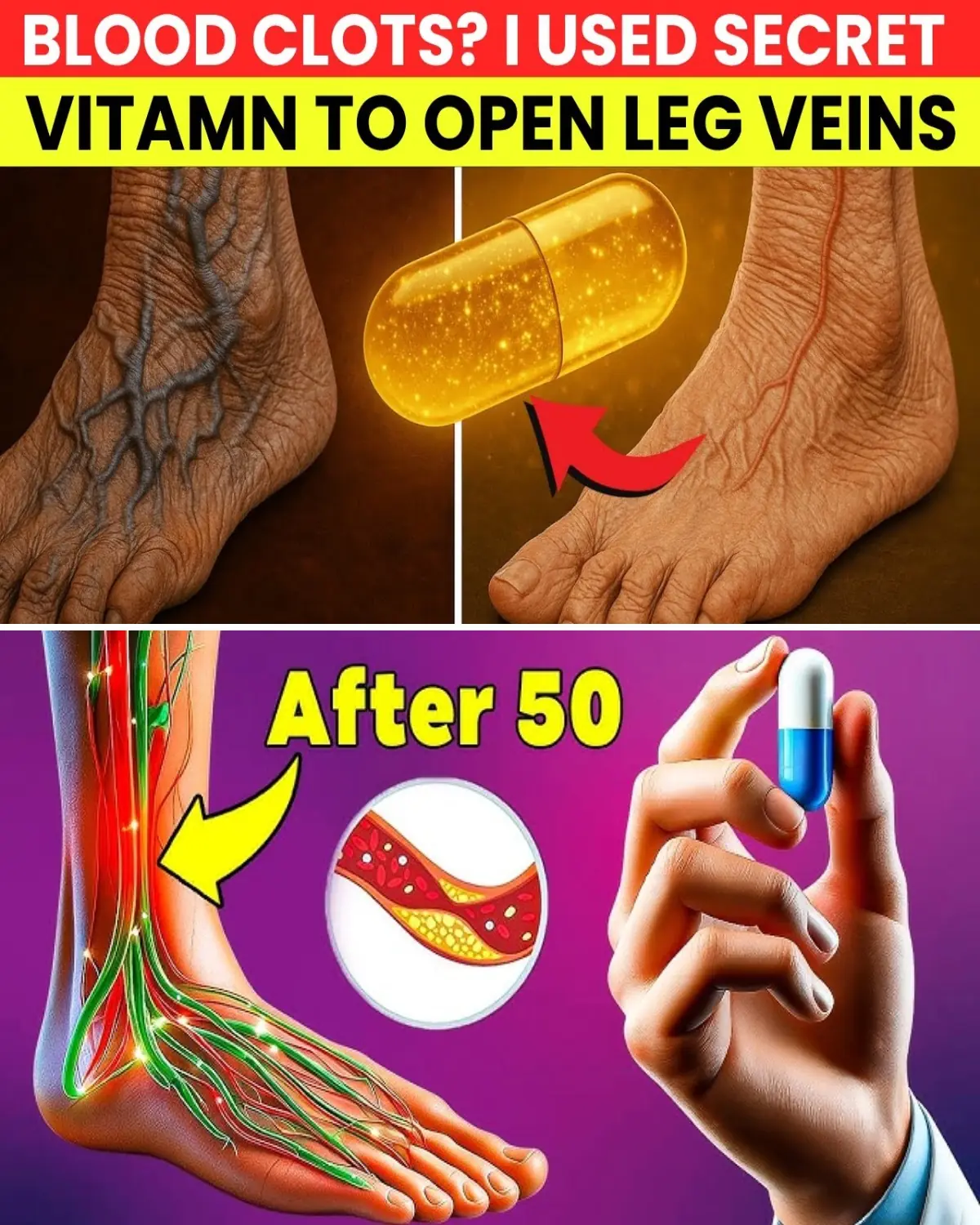
This Vitamin Could Help Reduce Blood Clot Risk in Your Legs – Seniors, Here’s What You Need to Know
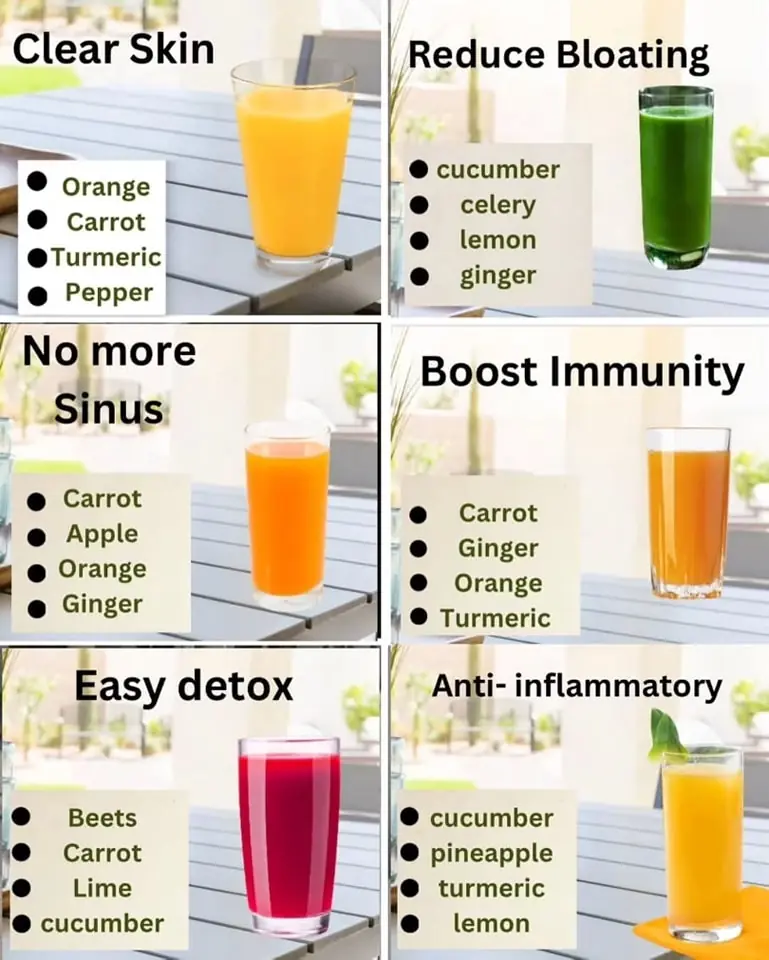
6 Healthy Detox Juice Recipes for Wellness & Vitality
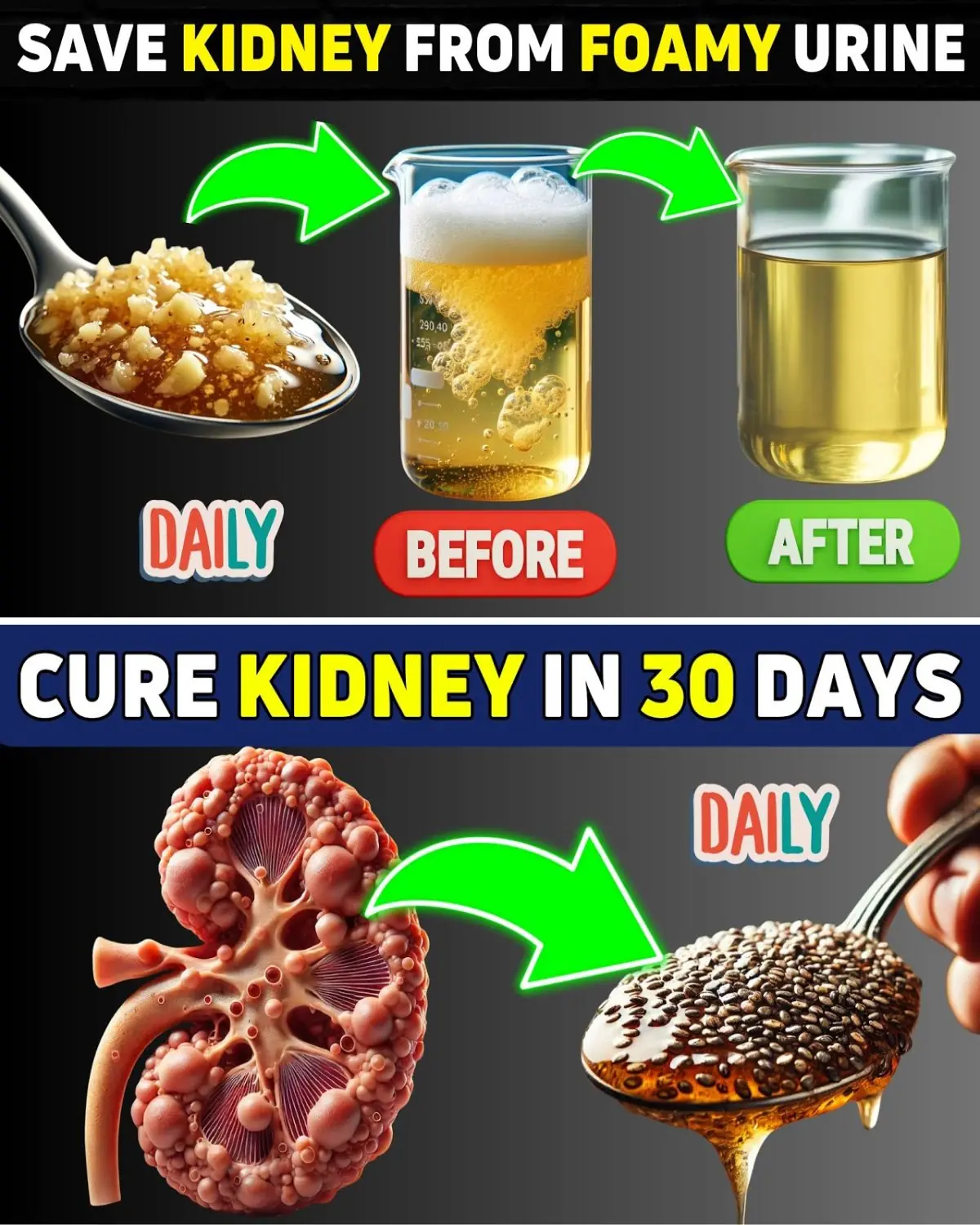
Top 10 Superfoods That May Help Reduce Proteinuria and Support Kidney Health

Miracle Mix: Castor Oil and Baking Soda for 15 Astonishing Health Benefits
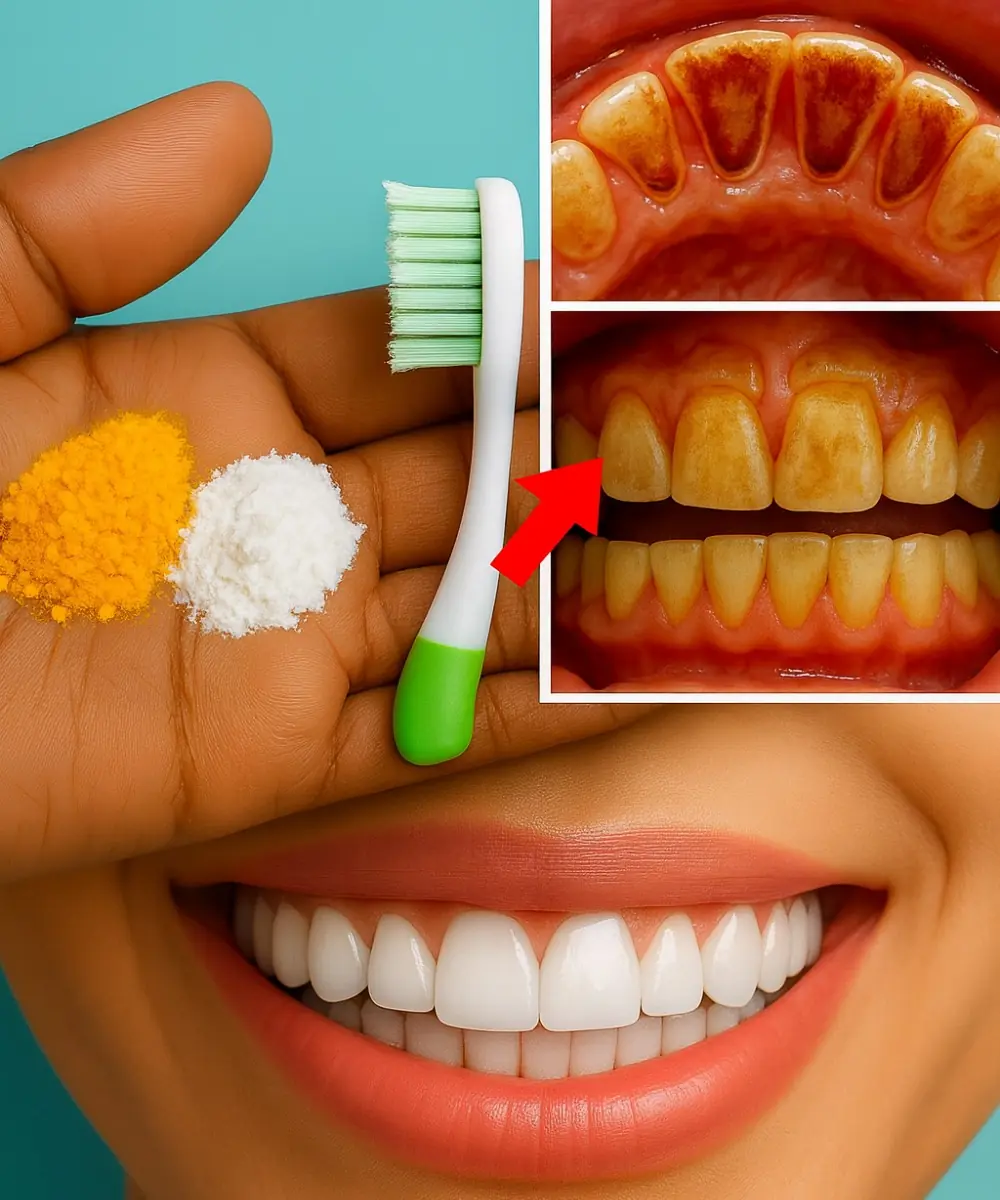
Sparkle Like Never Before: 7 Natural Teeth-Whitening Secrets to Transform Your Smile ✨
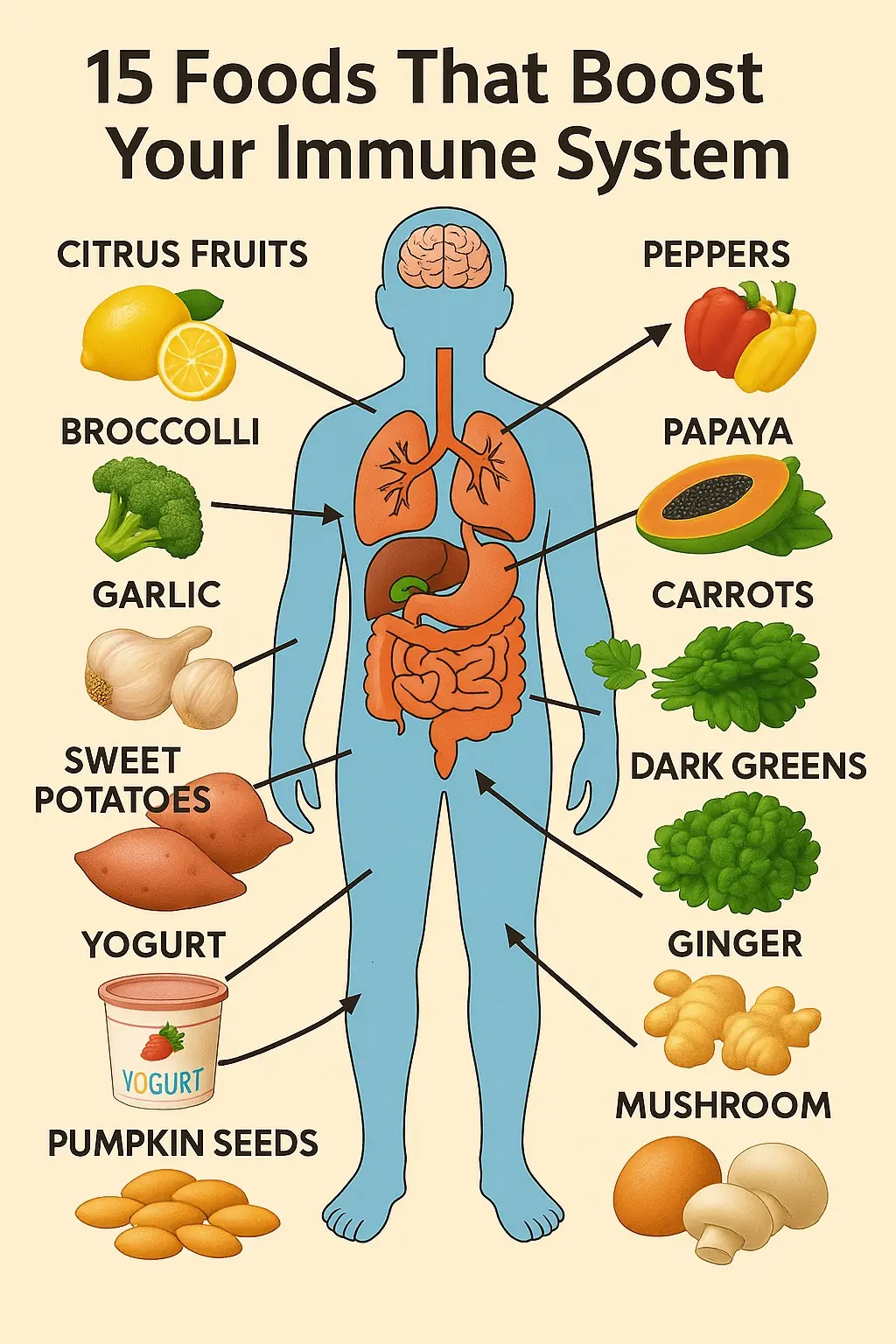
Supercharge Your Defenses: 15 Mouthwatering Foods to Skyrocket Your Immunity Today
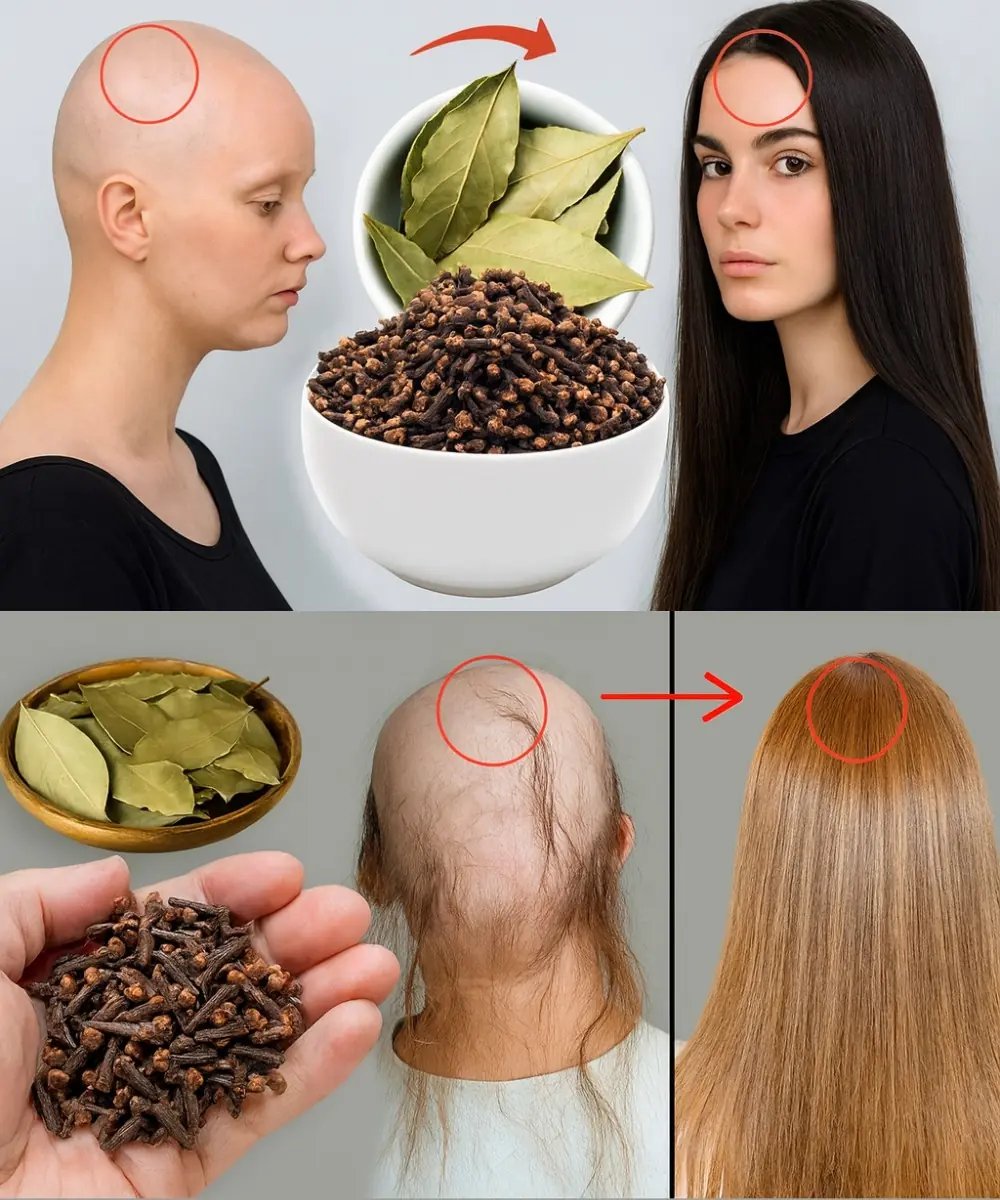
Unlock Thicker Hair in 30 Days: The Clove and Bay Leaf Secret You’ll Wish You Knew Sooner
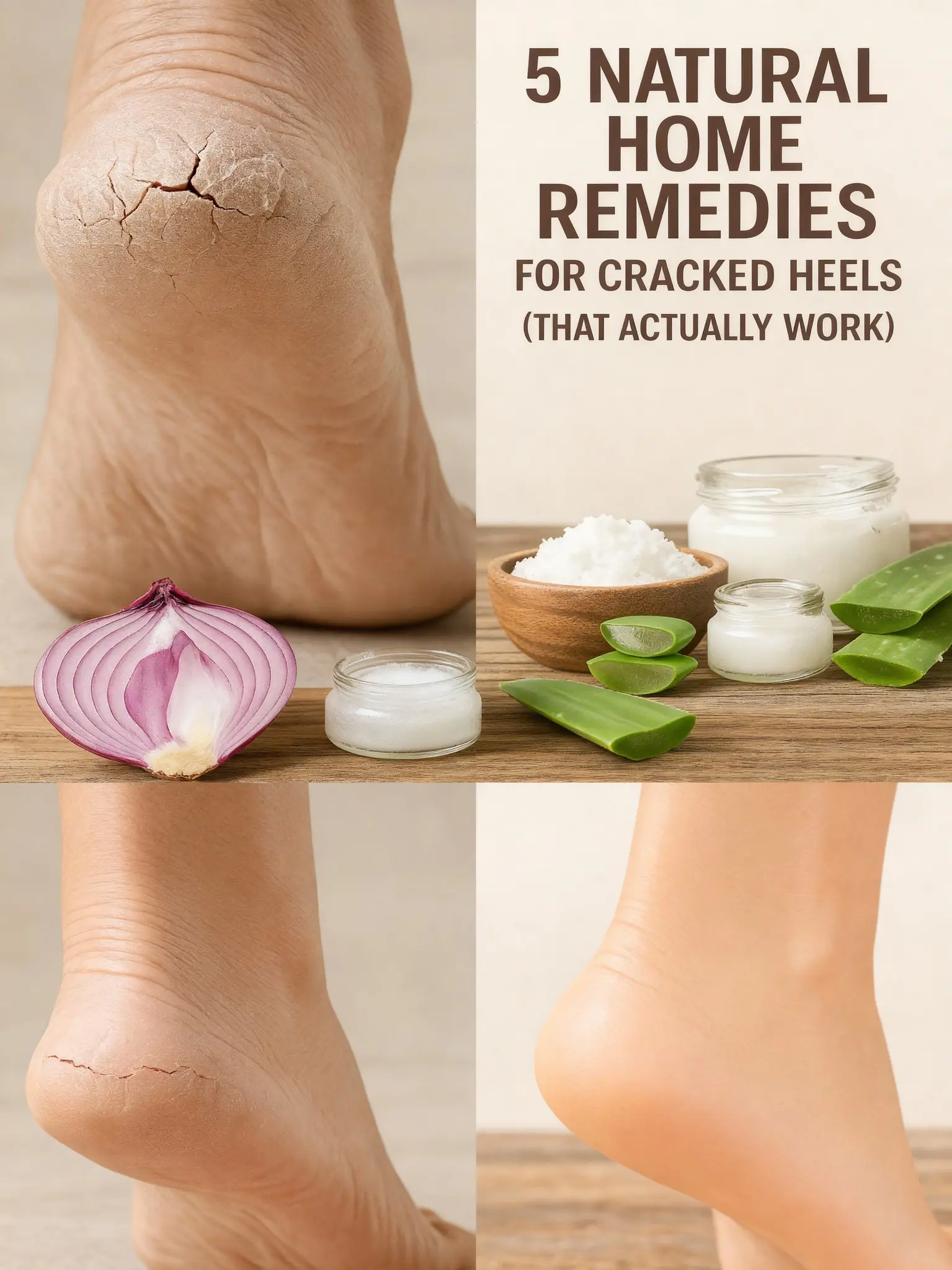
Smooth Feet in Days: 5 Natural Home Remedies for Cracked Heels That Really Work!
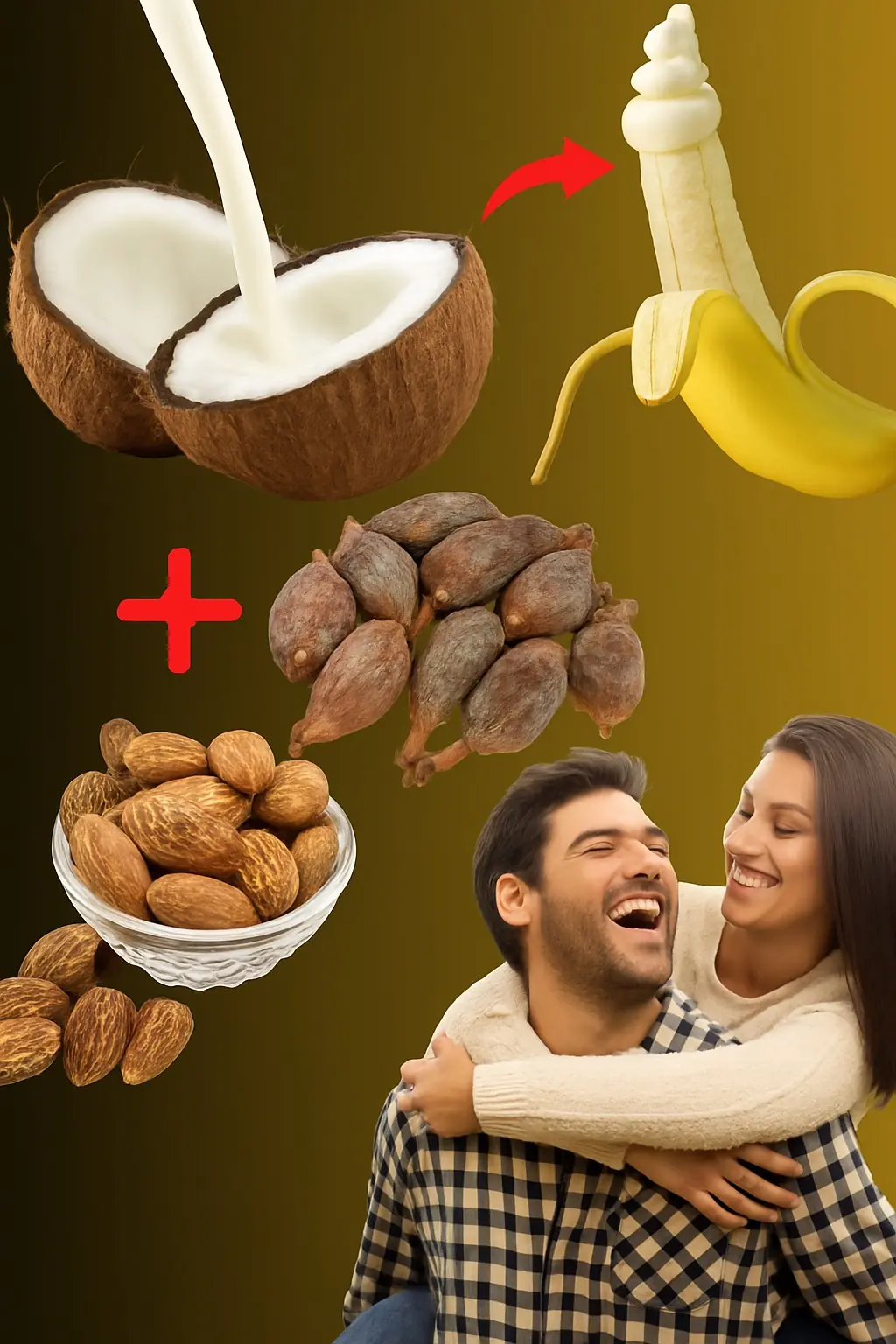
Nature’s Ultimate Elixir: Unlock the Power of Bitter Kola, Coconut Water, and Alligator Pepper

6 Natural Drinks to Boost Your Kidney Health Naturally
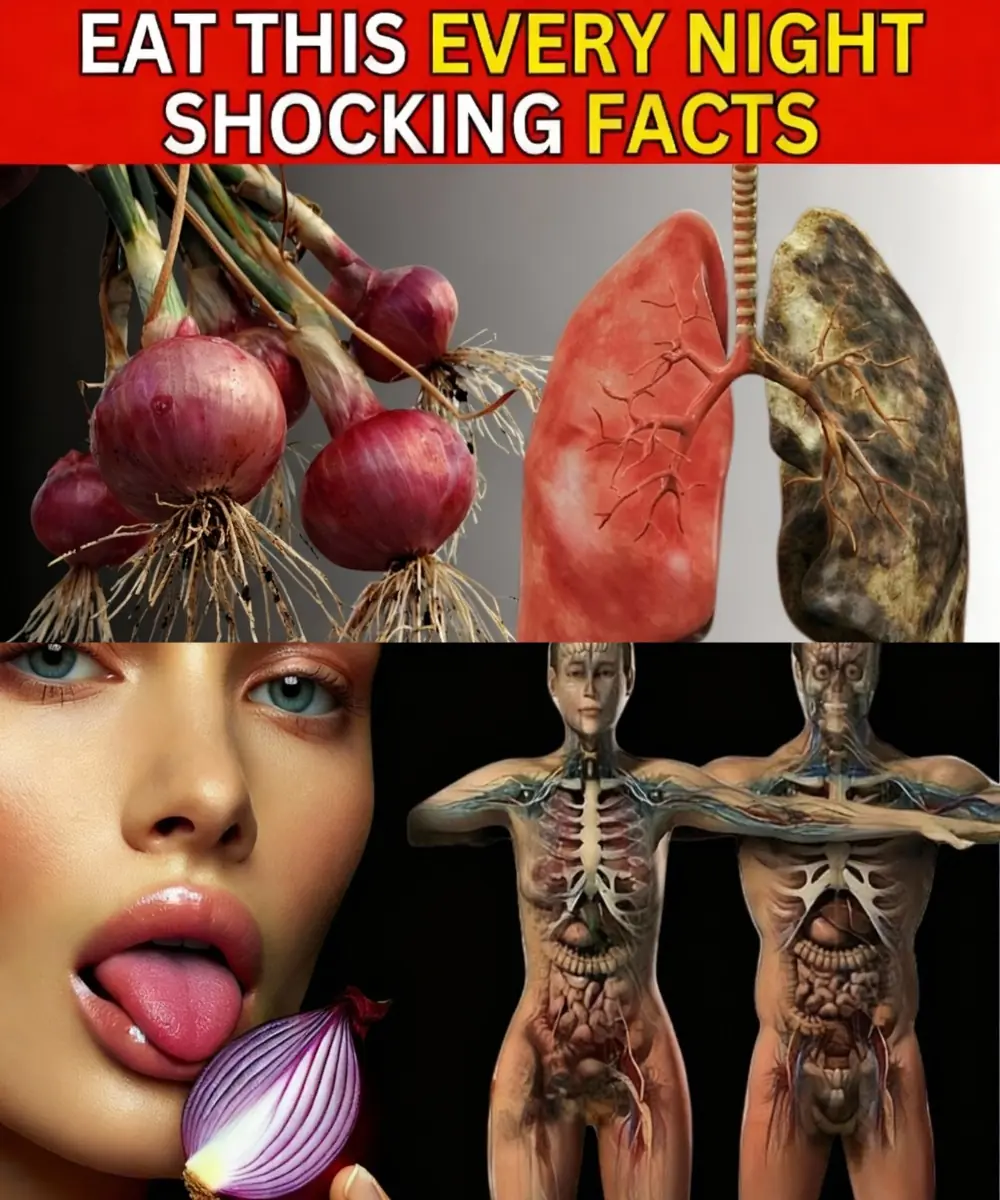
Onions Unveiled: The Humble Kitchen Staple That’s Secretly a Wellness Superstar
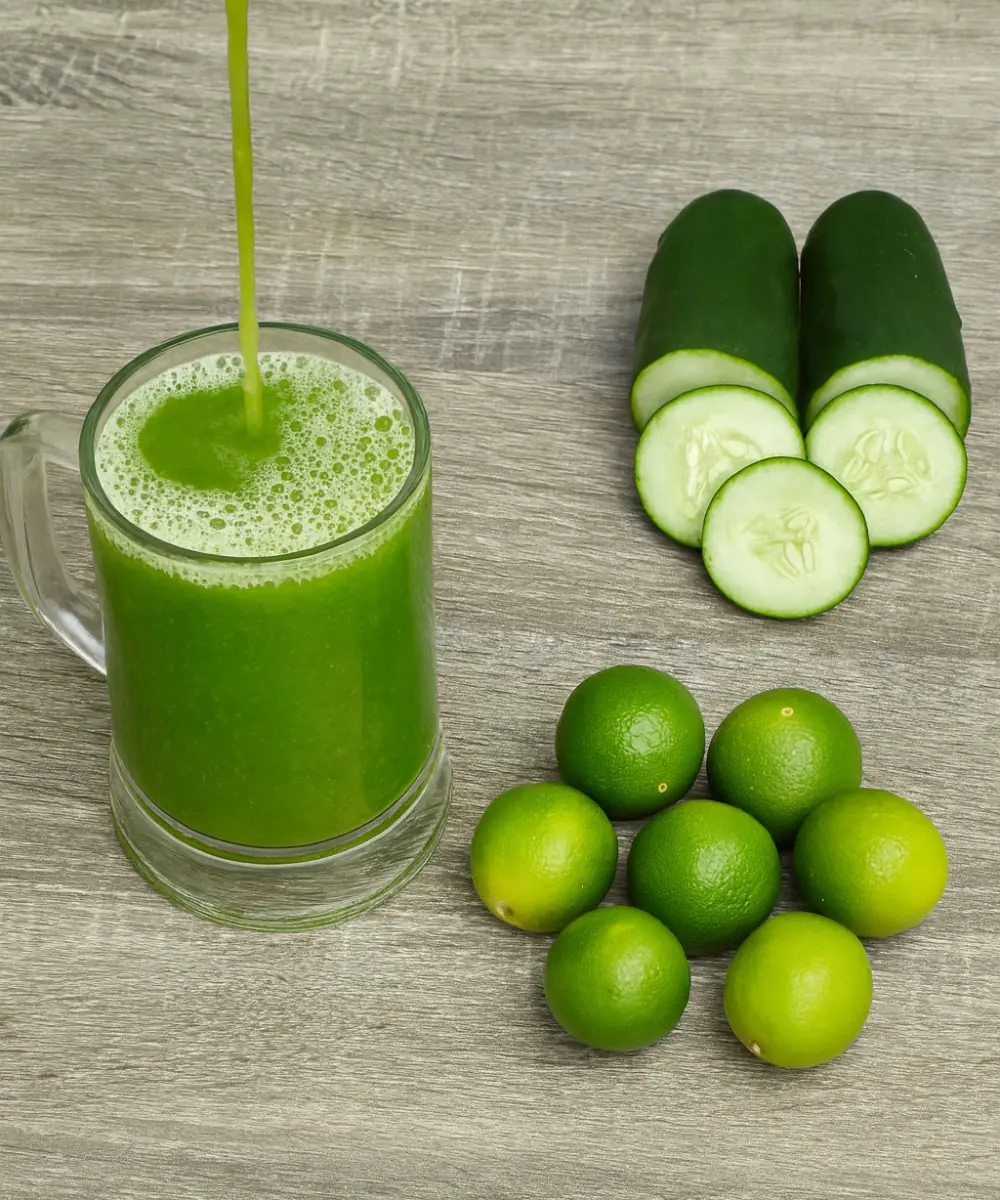
Eliminate Bloating, Urinary Infections, and Fatty Liver with This Natural Drink
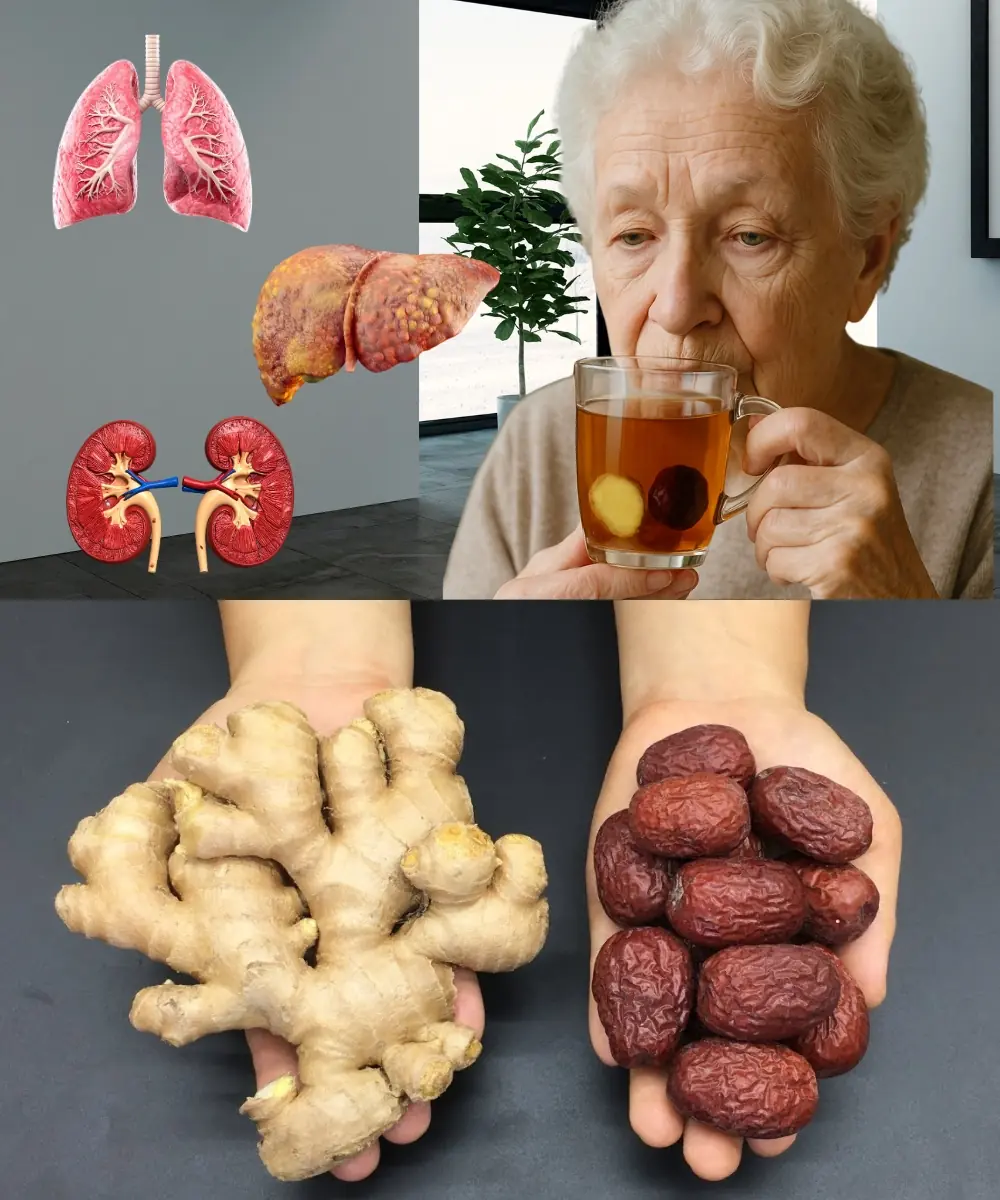
Ginger and Red Date Tea: The 97-Year-Old Grandma’s Secret Longevity Drink

Every Morning Joint Pain? These 3 Vitamins Could Ease Your Days
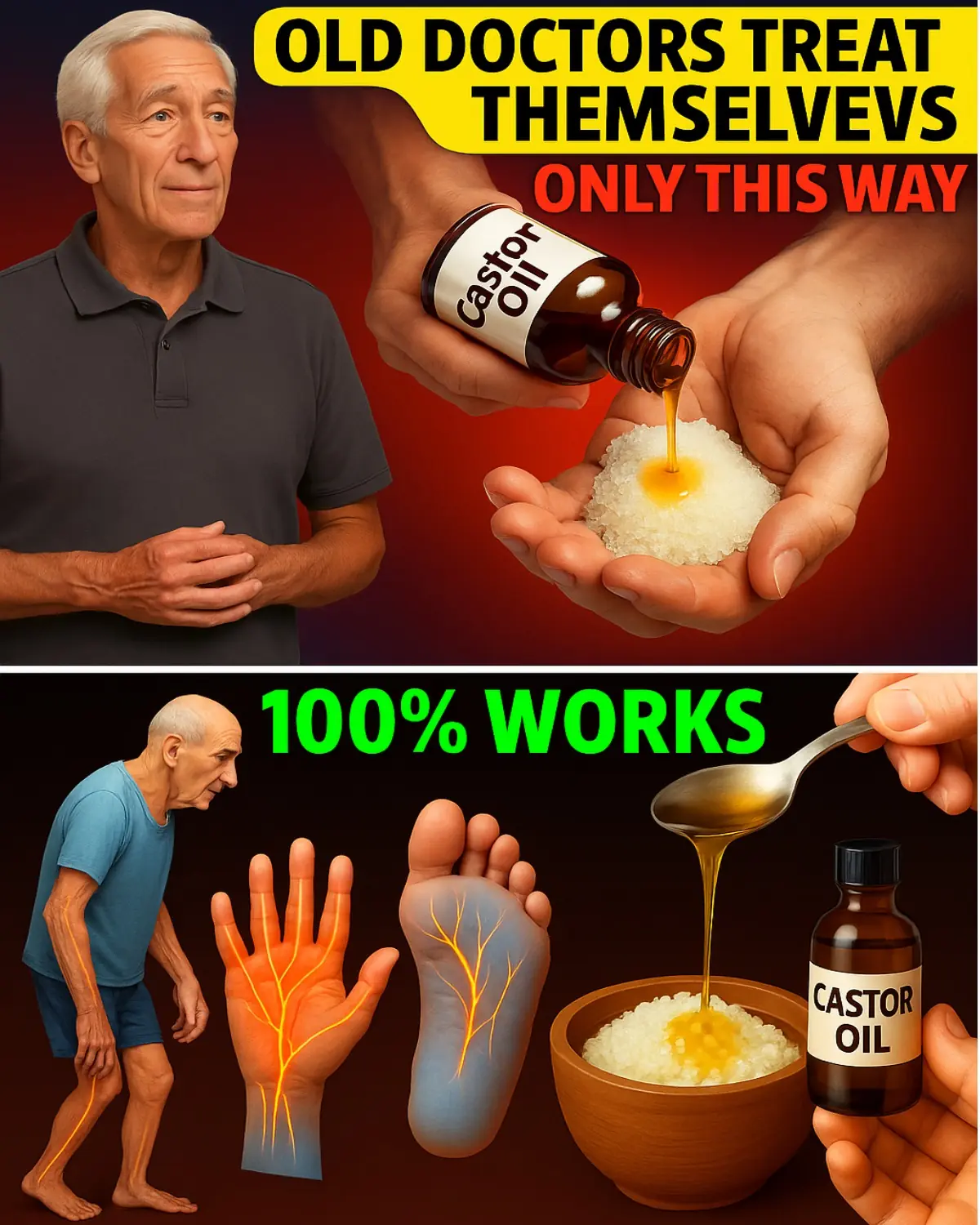
Old Doctors’ Secret: Rub Castor Oil and Epsom Salt Here to Ease 13 Everyday Aches!
News Post

Europe to Replace Passport Stamps with Biometric Entry/Exit System Starting October 12, 2025

The Science Behind Why Putting Something Cold Under Your Arms Can Calm You Down

What it means when your partner turns away after making love

Miracle Alert! 1 Leaf That May Support Healthy Blood Sugar, Cholesterol, and a Trim Waist

Chayote Juice: Unlock Natural Support for Joints and Bones

Why You Shouldn’t Pour Hot Water Into the Kitchen Sink

Is It Acceptable to Wear Underwear Two Days in a Row? A Surprising Answer

Debunking the Hype: Can One Food Really Rebuild Knee Cartilage Overnight?

The Janitor Who Sent Five Children to College: A Father’s 18-Year Lesson in Sacrifice

Miss Universe Thailand’s Soda-Tab Gown: A Shining Tribute to Her Parents

This Vitamin Could Help Reduce Blood Clot Risk in Your Legs – Seniors, Here’s What You Need to Know

6 Healthy Detox Juice Recipes for Wellness & Vitality

Top 10 Superfoods That May Help Reduce Proteinuria and Support Kidney Health

Miracle Mix: Castor Oil and Baking Soda for 15 Astonishing Health Benefits

Sparkle Like Never Before: 7 Natural Teeth-Whitening Secrets to Transform Your Smile ✨

Supercharge Your Defenses: 15 Mouthwatering Foods to Skyrocket Your Immunity Today

Unlock Thicker Hair in 30 Days: The Clove and Bay Leaf Secret You’ll Wish You Knew Sooner
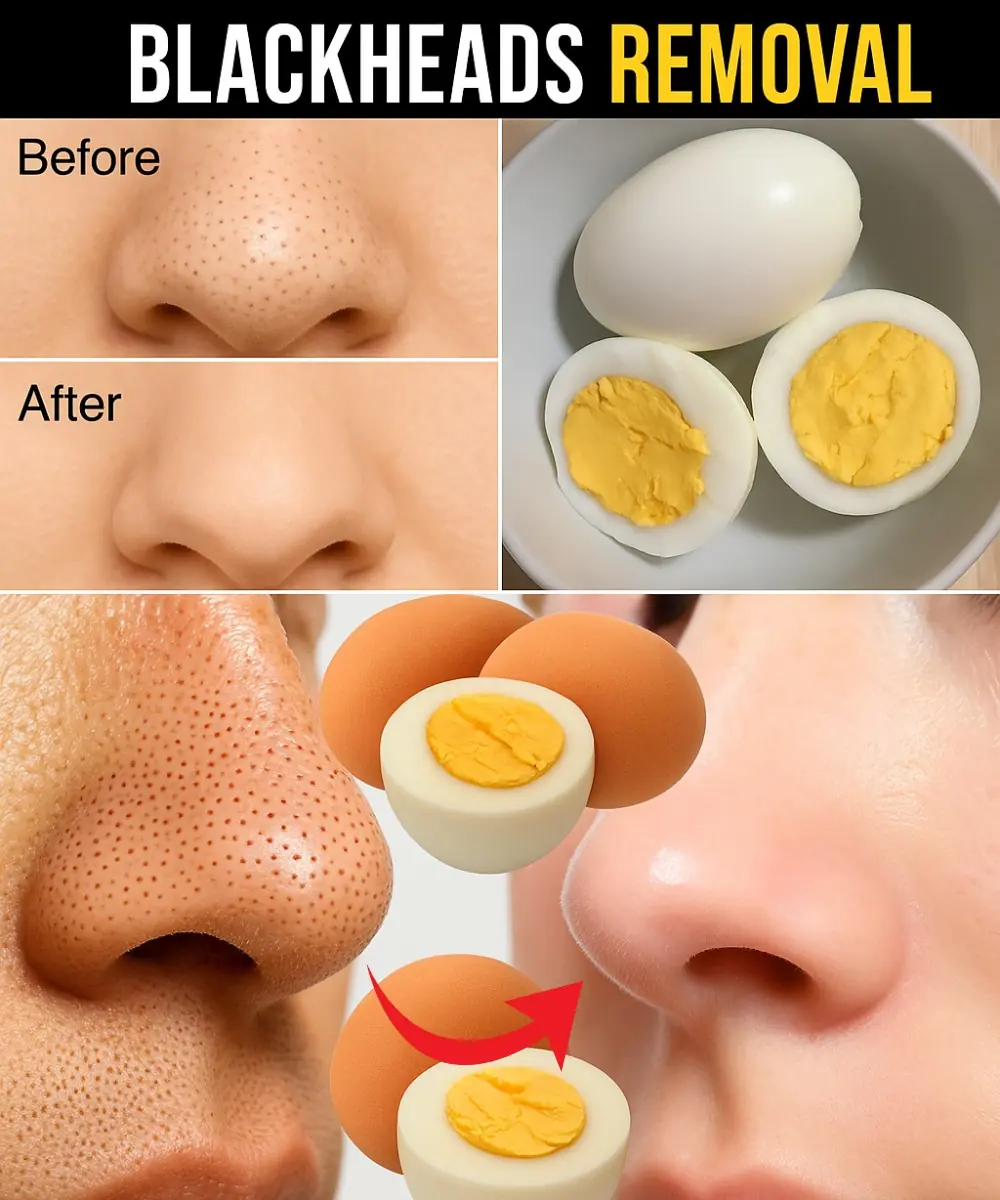
Banish Blackheads with One Egg – The Ultimate Natural Secret Revealed!
